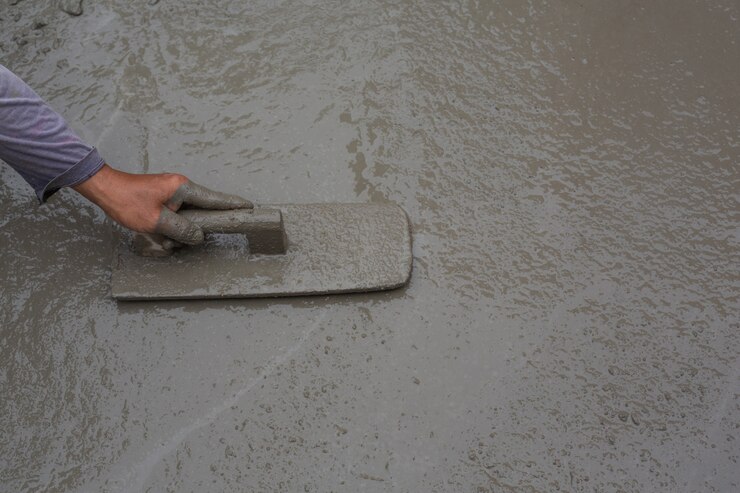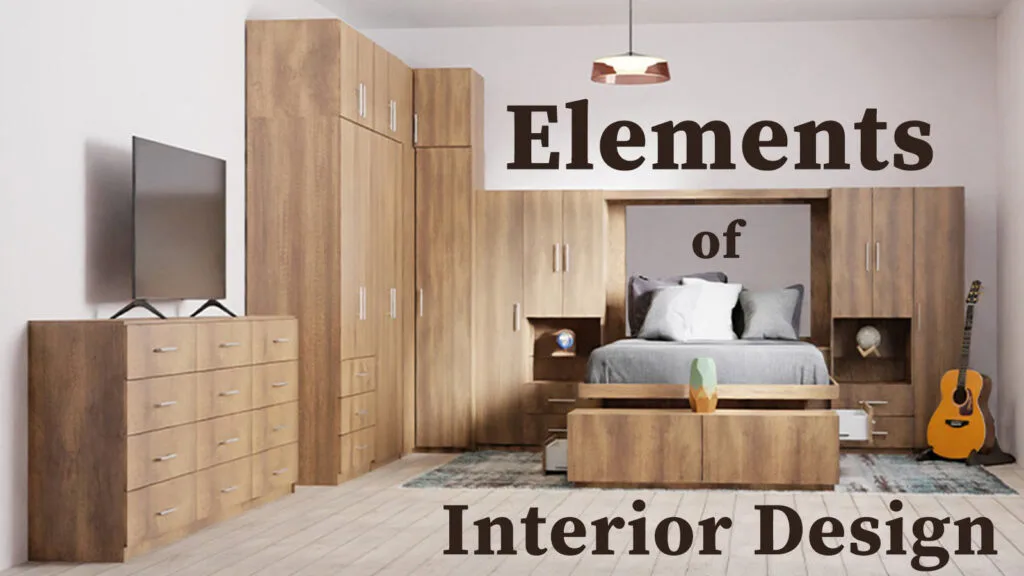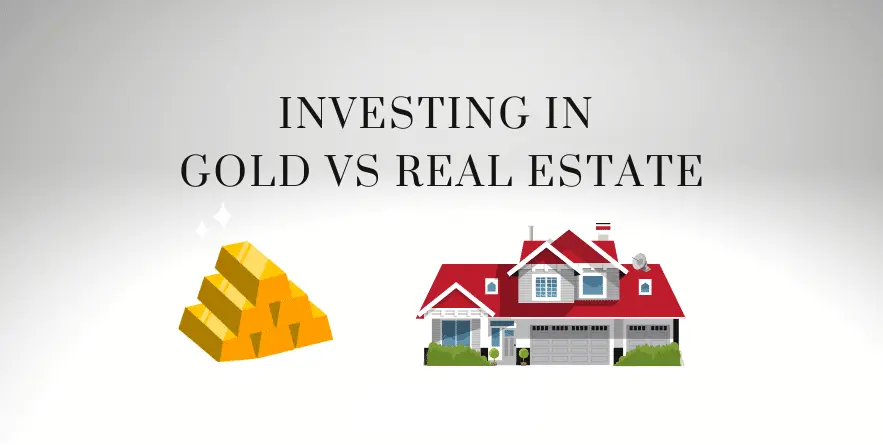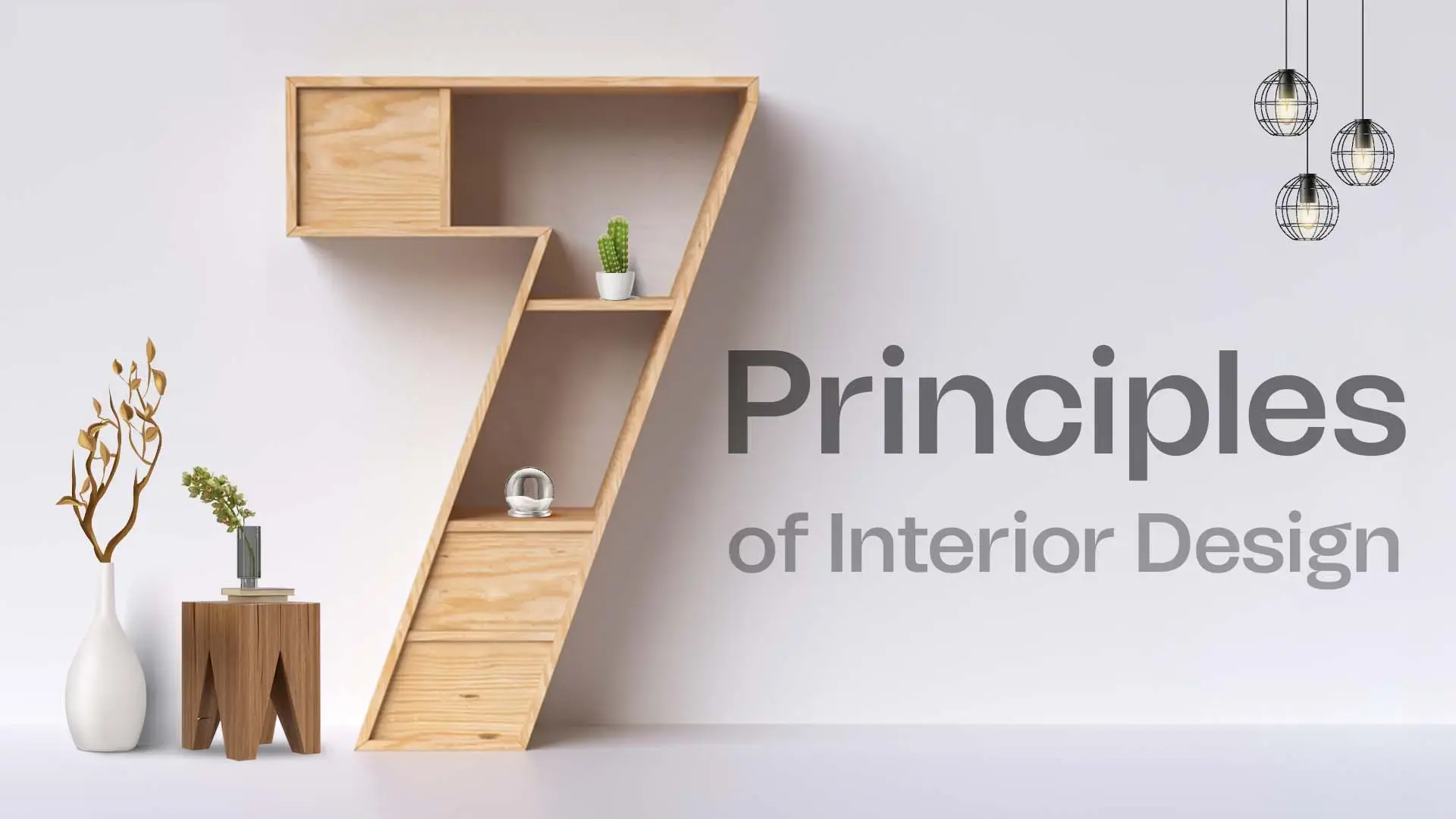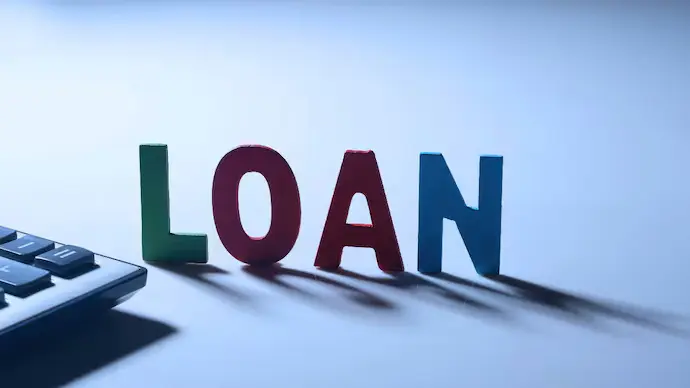How to Decide a Good Cement for Construction?
What is Cement?
Cement, an important construction material, is a binding agent that sets and hardens to cling to building units such as stones, bricks, tiles, and others. Cement is a fine powdery substance composed primarily of limestone (calcium), sand or clay (silicon), bauxite (aluminum), and iron ore, and may also include shells, chalk, marl, shale, clay, blast furnace slag, and slate. In cement manufacturing manufacturing plants, the beginning components are processed and heated to form a rock-hard substance, which is then ground into a fine powder for sale. When cement is mixed with water, a chemical reaction occurs, resulting in the formation of a paste that becomes hard and sets to link individual structures of building materials.
How Cement is manufactured?
Cement production is a complicated process that begins with mining and then grinding raw materials such as limestone and clay to form a fine powder known as raw meal, and is next heated to a sintering temperature as high as 1450 °C in a cement kiln. The chemical bonds of the basic materials break down in this procedure, which were then recombined to form new compounds.
Clinker is formed as a result, and it includes rounded nodules ranging in size from 1mm to 25mm. In a cement mill, the clinker is crushed to a fine powder and combined with gypsum to make cement. The powdered cement is then combined with water and aggregates to create construction concrete
What different kinds of Cement are there?
| Best Builder Floor Apartment in Chennai |
Ordinary Portland Cement (OPC)
OPC is the most widely used cement in the world. Because of its low production costs, it is a preferred cement in the construction business. They are commonly used to build high-rise structures, roadways, dams, bridges, and flyovers.
Portland Pozzolana Cement (PPC)
PPC refers to a type of mixed cement. It consists of up to 15-35% pozzolanic material, 4% gypsum, and the balance is clinker. Referring to the BIS code, PPC is comparable to 33 grade.
Also Read: M SAND for Building Construction
White Cement
White cement is made from iron oxide-free raw materials and is similar to Portland cement except for its white hue. It is more expensive and is utilized in architectural applications such as constructed curtain walls, in addition to interior and exterior decorative work such as face slabs, flooring, ornamental concrete products, and garden walkways.
Water Repellent Cement
Water repellent or waterproof cement is made by mixing regular or rapid hardening cement with a tiny percentage of metal stearates (such as calcium or aluminum). It is used to build structures that either contain water or come into constant interaction with water depending on their way, such as tanks, reservoirs, retaining walls, swimming pools, dams, bridges, and piers.
Sulfate Resistant Cement
Sulfate Resisting Cement is a blended cement developed to improve the durability of concrete in places where sulfate attack is a possibility. It also improves the strength of concrete in the most discerning settings, lowering the danger of structural damage and failure.
High Alumina Cement
High alumina cement can be utilized in marine, sewer, and refractory construction. Like conventional cements, this substance is made by heating ground up bauxite and lime in a kiln and then grinding the clinker again. Because of its low pH level, high alumina cement is highly chemical resistant, including to sulfuric acid.
Hydraulic Cement
Hydraulic cements, such as those indicated above (IL, IS, IP, and IT), are prototypes of hydrophobic cement. They are water-resistant and set quickly, making them useful in undersea and construction waterproofing applications. It's also quite sturdy and resistant to corrosion and rust. However, hydraulic cement does not perform well in colder temperatures.
Quick-setting Cement
Quick setting cement is a type of Portland cement. It is made in a predetermined ratio using Gypsum, aluminum and the sulfate mixed Portland cement. The presence of aluminum sulfates that speed the hydration process, accounts for the cement's fast setting speed. Quick-setting cement typically takes five minutes to set. This type of cement provides building materials with outstanding durability and a long life.
What are the advantages of building using Cement?
Cement is a necessary building material, and it is the material most widely utilized in the world. It is used in at least one step in most structures: foundations, floors, lintels, inner or exterior walls, or ceilings.
The primary advantage of cement is that it is a tough, long-lasting substance that is inexpensive and versatile. This makes it popular among architects and construction firms all around the world.
It is Strong and Durable:
It has been tested for thousands of years of durability. Indeed, the longer a structure stands, the more resistant it gets. It is unaffected by temperature and can tolerate significant weather fluctuations.
It is Versatile:
It can be used in construction of buildings or paving, as well as for seaside bridges and park benches.
It is Unaffected by Fire:
This makes it a perfect building material for vital structures such as hospitals, schools, museums, libraries, and banks.
Sustainability:
It is a natural insulator, so it relies less on heating and cooling systems, resulting in more efficient constructions.
— - —
